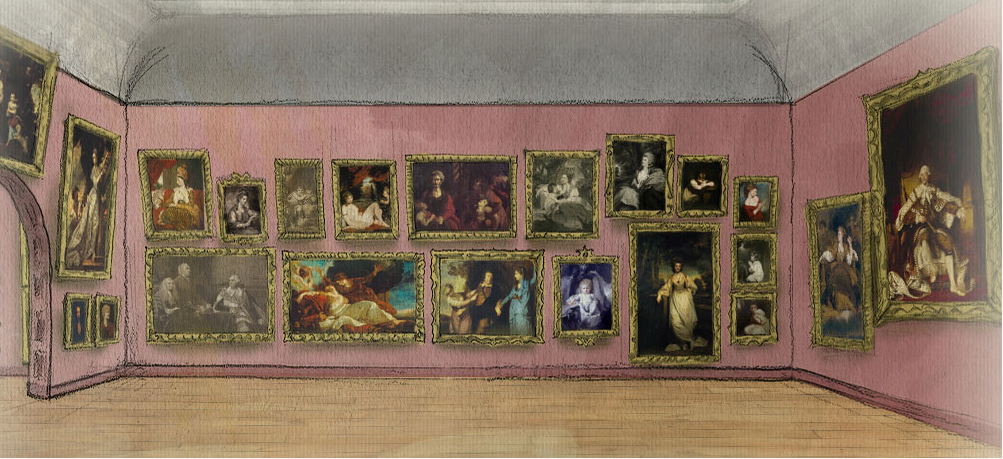
Literary Time-Traveling Around the Web
I wrote here on Book Riot a couple of months ago about What Middletown Read, a fascinating online database of library records from a turn-of-the-century Indiana town. I suggested that the database could allow you to do a bit of readerly time-traveling, excavating a time and place through the reading habits of its inhabitants. More recently, a couple of other fantastic examples of literary time-traveling have popped up, and they’re definitely worth a look.
First: Seeing through Jane Austen’s eyes
As we all probably know at this point, this year is the 200th anniversary of the publication of Pride & Prejudice, prompting all sorts of commemorative events and publications (including, alas, Spank Me, Mr. Darcy). A few months after the book’s publication, Austen visited the British Institution in London for an exhibit of of portraits by Sir Joshua Reynolds. Austen wrote to her sister, bizarrely but charmingly, that she went in hopes of finding portraits of women who could be Mrs. Bingley and Mrs. Darcy from her book. (She succeeded on the former front, writing that she was “very well pleased…with a small portrait of Mrs Bingley, excessively like her,” though Mrs. Darcy seemed more elusive.) A team of researchers at the University of Texas has, brilliantly, meticulously reconstructed the exhibit, allowing visitors to What Jane Saw to see the paintings Austen would have seen, in the layout she would have seen them in. Here’s one wall in the exhibit, reconstructed on the website:
You can click on each of the paintings and learn more about it. This is not only a fantastic opportunity to see through Austen’s eyes—though, my God, it is that—it’s also a chance to do a little museological time-traveling, as well. This show was, the researchers at Texas note, “a turning point in the history of modern exhibit practices,” being the first retrospective of a single artist’s work, as well as one of the first “blockbuster” exhibitions. Creative and well-made, “What Jane Saw” is an unexpected, enlightening, and innovative delight. (Though I’d like to register uneasiness with the title; I suspect not many male authors would be similarly referred to by their given name.)
Second: Getting inside Alan Turing’s head
Over at Brain Pickings, Maria Popova has annotated a partial version of a list of books that Alan Turing checked out from his school library. (The full list was available through AlexBellos.com, which is currently down after being hacked.) Turing was an unspeakably gifted mathematician and code-breaker who helped to create the modern disciplines of computer science and artificial intelligence before being hounded to suicide in 1954 by anti-gay laws in the UK. He’s an utterly fascinating character, and this list lets us peek inside his reading and thus, possibly, inside the materials from which he built his brilliant mind. Like Popova, for example, I’m quite taken by the juxtaposition of dense physics tomes, on the one hand, and books like Alice in Wonderland on the other. It makes one curious, to great and interesting effect, about the relationship between Turing’s relentless pathbreaking and the unpredictable world of Wonderland.
_________________________
Sign up for our newsletter to have the best of Book Riot delivered straight to your inbox every two weeks. No spam. We promise.
To keep up with Book Riot on a daily basis, follow us on Twitter, like us on Facebook, , and subscribe to the Book Riot podcast in iTunes or via RSS. So much bookish goodness–all day, every day.













